Plant & Human Pain
Photo : Nika Sandler
"I think, like modern biologists, that plants feel pain. They found out that plants secrete substances that suppress it and react to anesthetics like animals and people.
In my works, I show plants unconventionally beautiful: painful, dying, dead. I compare the external manifestations of their illnesses and deaths with the bodily suffering and dying of people. Thus, I try to find common ground between the tragic side of plant and human existence."
Nika Sandler
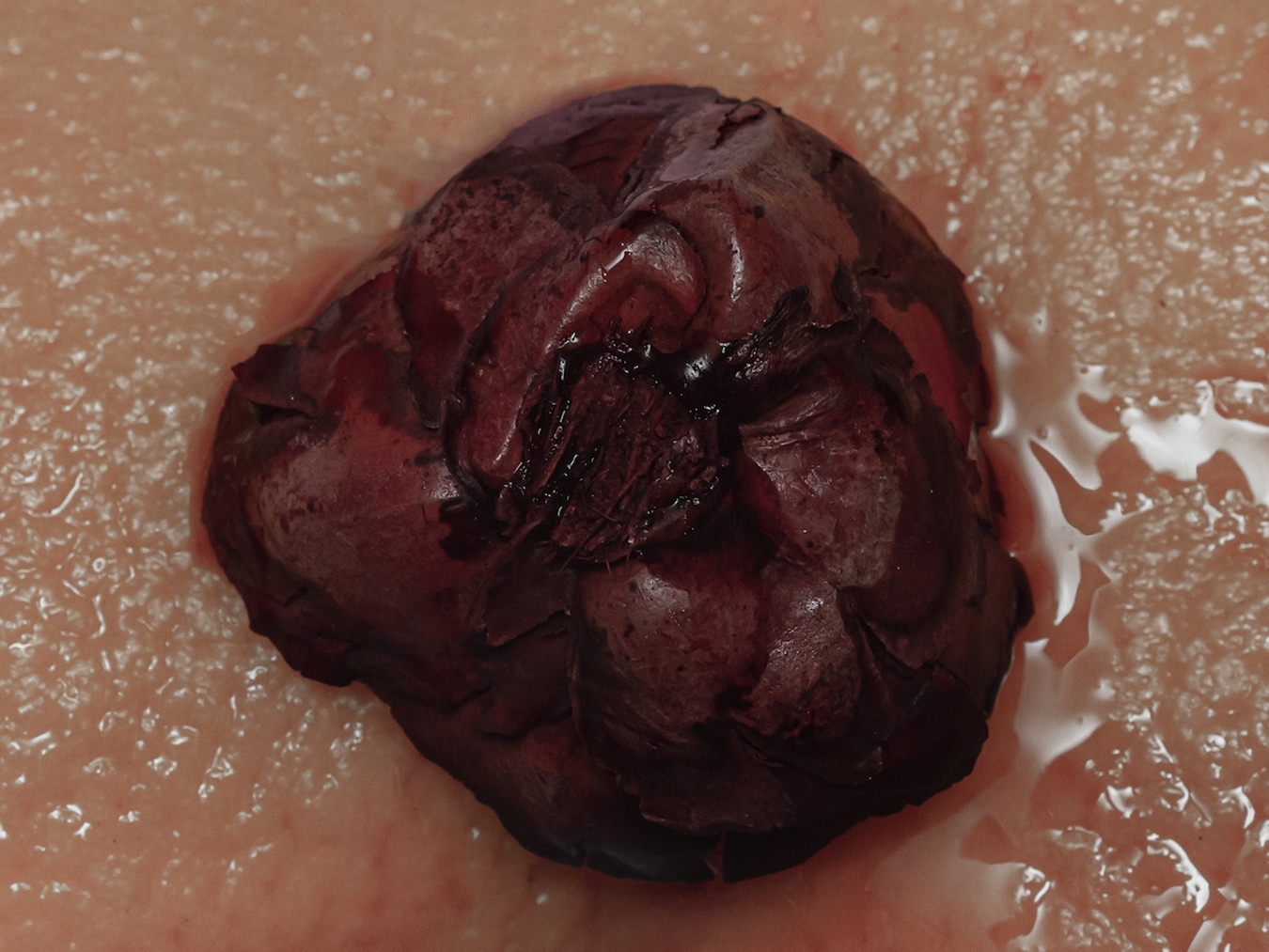
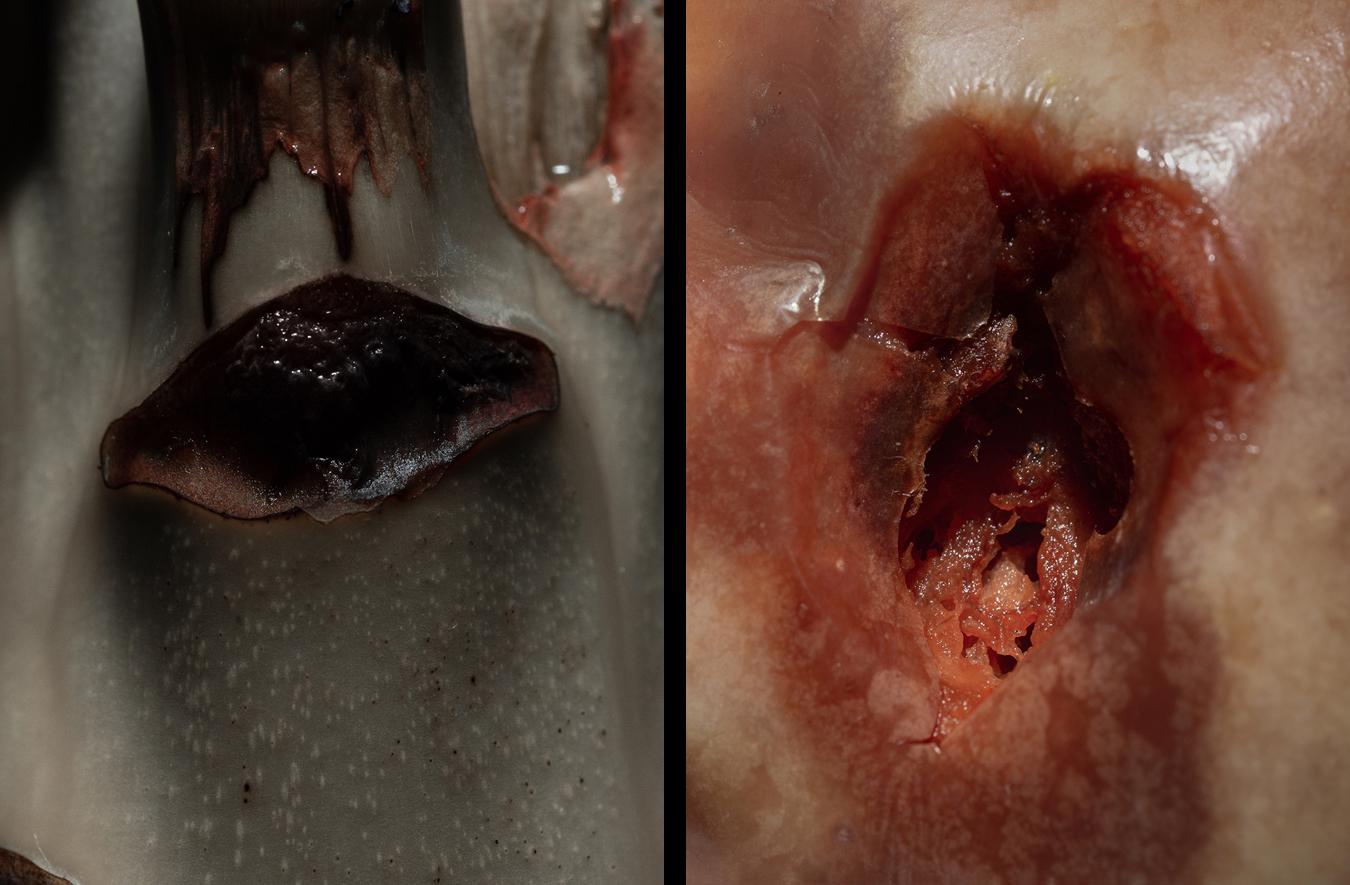

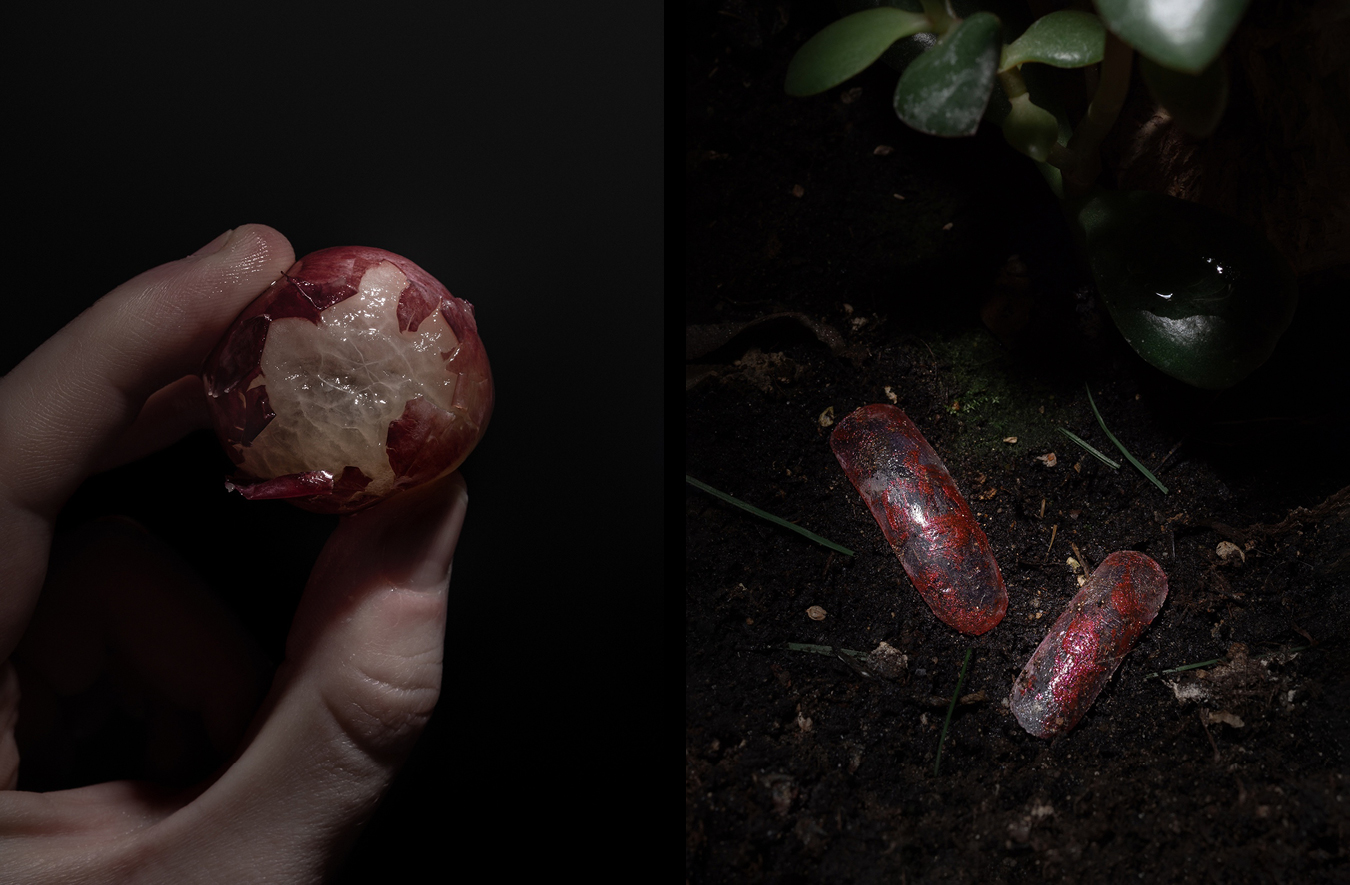




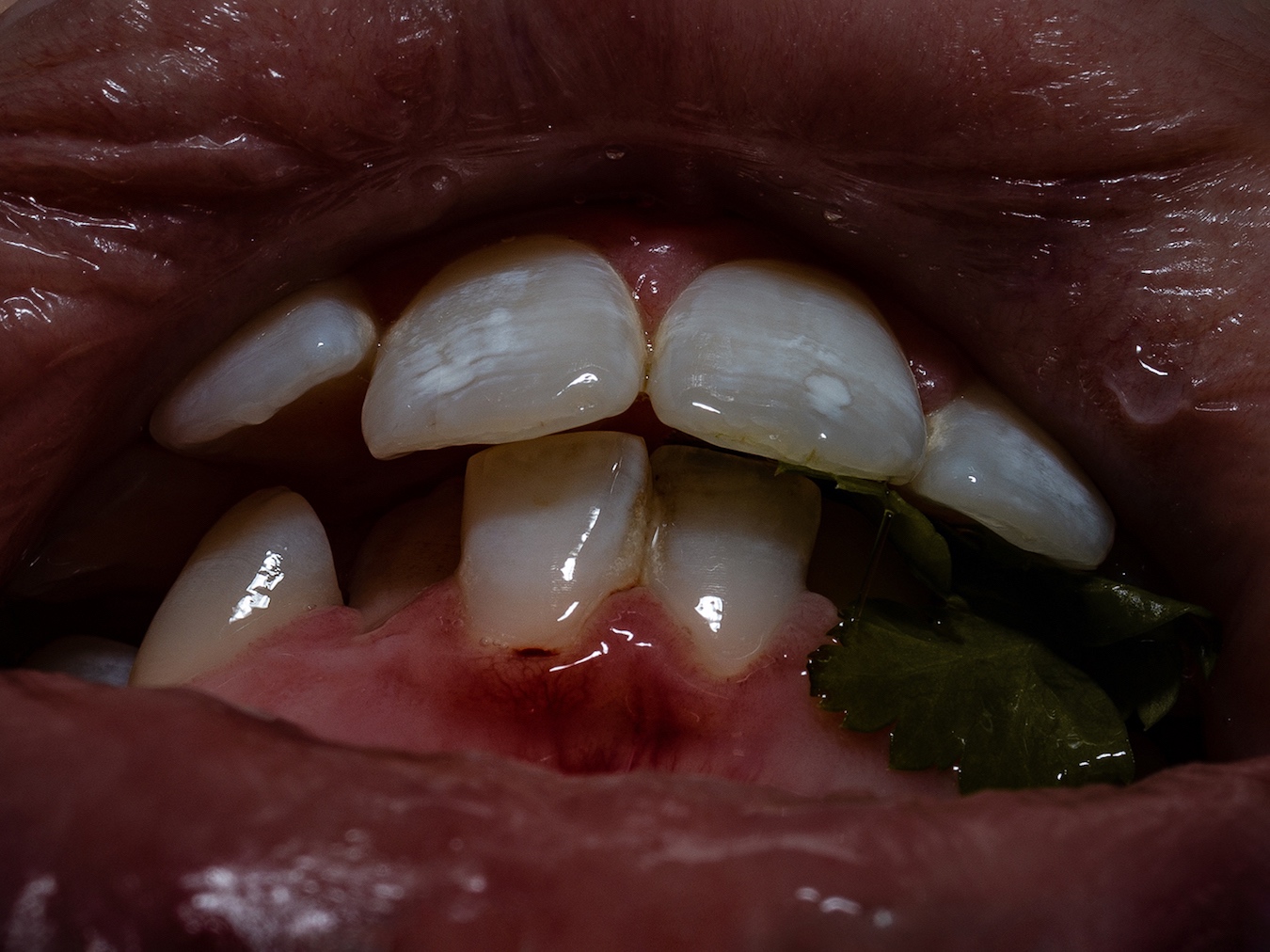
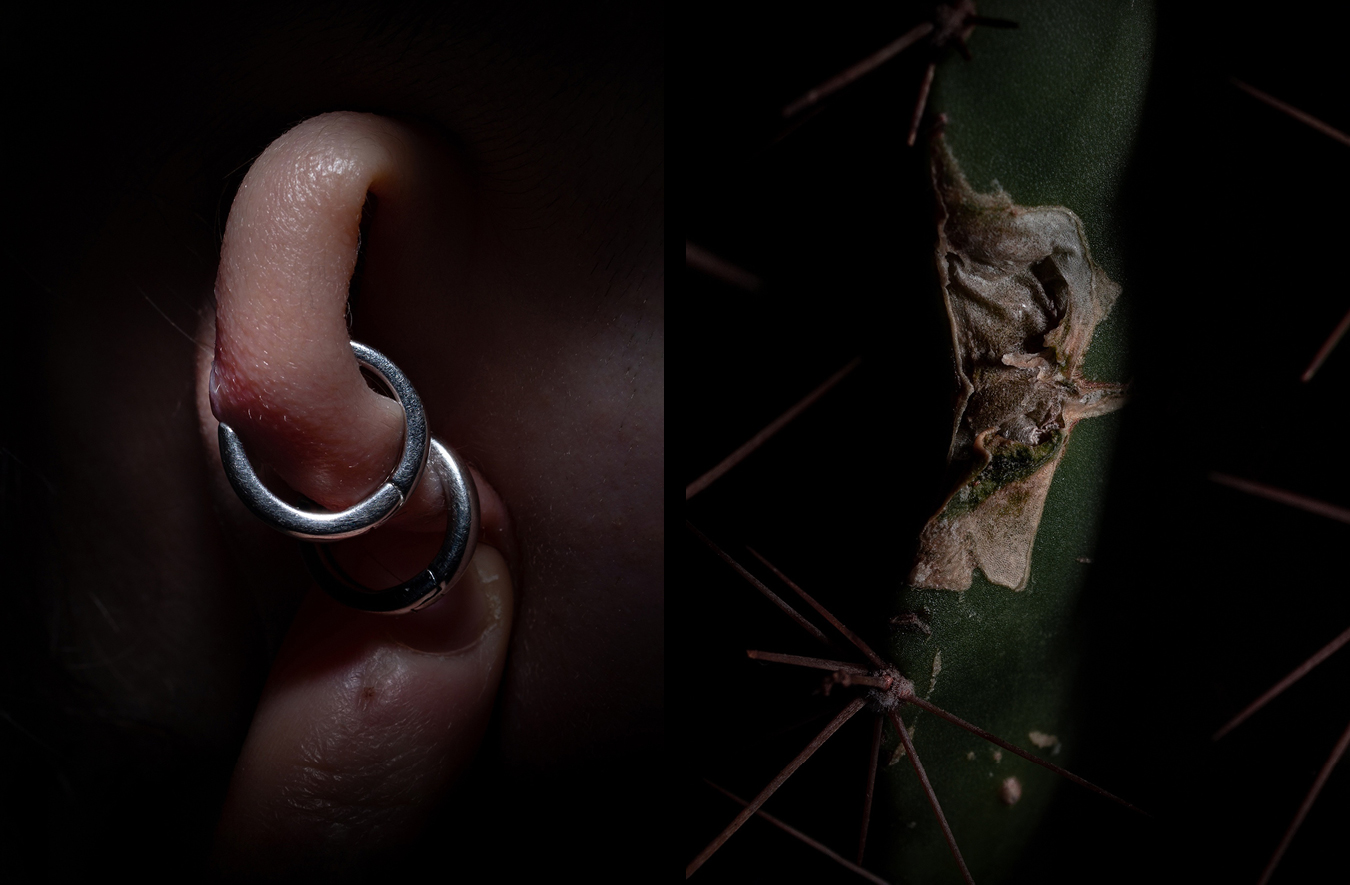
Photo Nika Sandler
« I think, like modern biologists, that plants feel pain. They found out that plants secrete substances that suppress it and react to anesthetics like animals and people.
In my works, I show plants unconventionally beautiful: painful, dying, dead. I compare the external manifestations of their illnesses and deaths with the bodily suffering and dying of people. Thus, I try to find common ground between the tragic side of plant and human existence. »
Nika Sandler.
Some plants have obvious sensory abilities, such as the Venus flytrap and its incredible traps that can close in about half a second. Similarly, the sensitive plant rapidly collapses its leaves. in response to touch, an adaptation that might serve to startle away potential herbivores. While these plants visibly display a clear sensory capacity, recent research has shown that other plants are able to perceive and respond to mechanical stimuli at a cellular level. Arabidopsis (a mustard plant commonly used in scientific studies) sends out electrical signals from leaf to leaf when it is being eaten by caterpillars or aphids, signals to ramp up its chemical defenses against herbivory.Plant and human pain.
Bad to the Bone est une publication indépendante basée en France.

